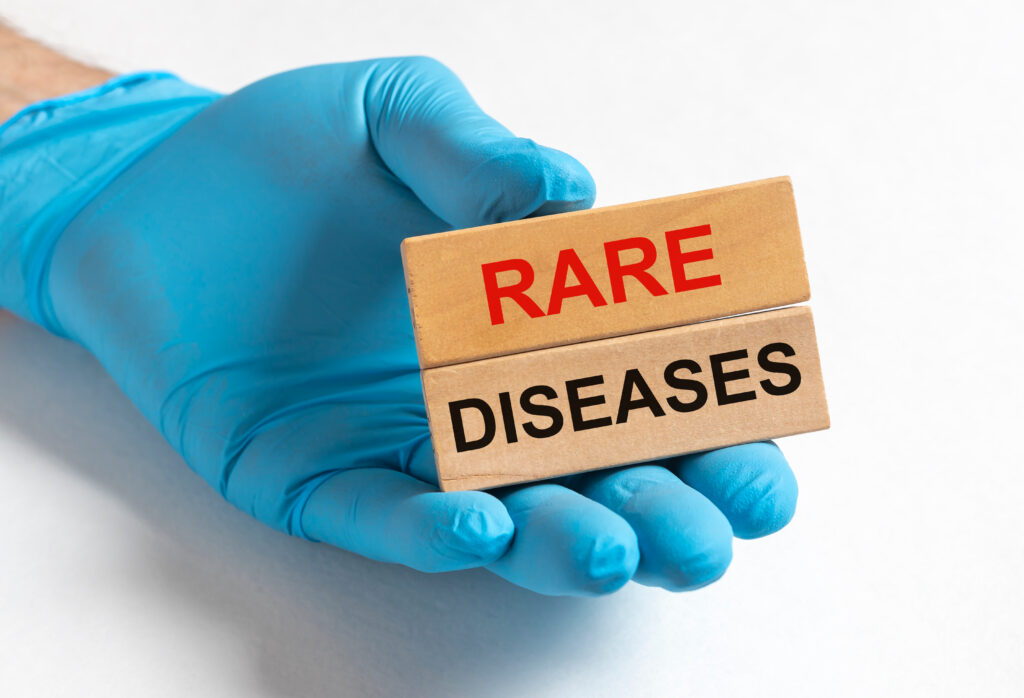The popular Korean drama “Doctor John” brought attention to two rare and fascinating diseases: Complex Regional Pain Syndrome (CRPS) and Congenital Insensitivity to Pain with Anhidrosis (CIPA). In episodes 5-6 titled “Champion,” the drama portrayed the challenges of diagnosing and treating these conditions. In the episodes, the main character, Dr. Cha Yo-han, encounters two patients: a middle-aged man with CRPS and a young boy with CIPA. Through the portrayal of these patients, the drama sheds light on the complexities of these diseases and the challenges of finding effective treatments. In this article, we will discuss CRPS and CIPA in detail, including their causes, symptoms, diagnosis, and treatment.
Complex Regional Pain Syndrome (CRPS)
 Reflex Sympathetic Dystrophy (RSD), most commonly known as Complex Regional Pain Syndrome (CRPS), is a rare chronic pain condition that affects the limbs, most commonly the arms and legs. CRPS usually develops after an injury, surgery, or trauma, but it can also occur spontaneously. The pain associated with CRPS is often described as burning, aching, or throbbing and may be accompanied by swelling, changes in skin temperature or color, and abnormal sweating.
Reflex Sympathetic Dystrophy (RSD), most commonly known as Complex Regional Pain Syndrome (CRPS), is a rare chronic pain condition that affects the limbs, most commonly the arms and legs. CRPS usually develops after an injury, surgery, or trauma, but it can also occur spontaneously. The pain associated with CRPS is often described as burning, aching, or throbbing and may be accompanied by swelling, changes in skin temperature or color, and abnormal sweating.
The exact cause of CRPS is unknown, but it is believed to be related to abnormal responses in the nervous system. The condition may be triggered by an injury or illness that damages the nerves, leading to a malfunction in the nervous system’s pain response. In some cases, CRPS may also be related to an autoimmune response, in which the body’s immune system mistakenly attacks its own tissues.
The diagnosis of CRPS is based on a combination of clinical symptoms, medical history, and physical examination. There is no specific test for CRPS, but doctors may perform imaging tests such as X-rays, MRIs, or bone scans to rule out other conditions.
The treatment of CRPS is focused on relieving pain and improving function. This often involves a combination of medications, physical therapy, and nerve blocks. In some specific cases, surgery may be necessary to address nerve damage or other complications. Early diagnosis and treatment are crucial for improving outcomes and reducing the risk of long-term disability.
Congenital Insensitivity to Pain with Anhidrosis (CIPA)
 Congenital Insensitivity to Pain with Anhidrosis (CIPA), sometimes known as hereditary sensory and autonomic neuropathy type IV (HSAN-IV), is an extremely rare genetic disorder that affects the nervous system. Individuals with CIPA are unable to feel pain or temperature sensations, and they also have an impaired ability to sweat. The condition is usually diagnosed in infancy or early childhood.
Congenital Insensitivity to Pain with Anhidrosis (CIPA), sometimes known as hereditary sensory and autonomic neuropathy type IV (HSAN-IV), is an extremely rare genetic disorder that affects the nervous system. Individuals with CIPA are unable to feel pain or temperature sensations, and they also have an impaired ability to sweat. The condition is usually diagnosed in infancy or early childhood.
CIPA is caused by mutations in the genes that control the development and function of the nervous system. The mutations prevent the normal transmission of pain and temperature signals, leading to a lack of sensation. The inability to sweat can also lead to hyperthermia and other complications.
The symptoms of CIPA can vary widely, but they typically include a lack of response to painful stimuli, frequent injuries due to lack of protective reflexes, and overheating due to inability to sweat. Individuals with CIPA are at high risk for infections and injuries, which can lead to severe complications.
There is no cure for CIPA, and treatment is focused on managing symptoms and preventing complications. This may involve pain management, wound care, and regular monitoring of body temperature. Individuals with CIPA require lifelong care and monitoring to prevent potentially life-threatening complications.
Conclusion
CRPS and CIPA are two rare and fascinating diseases that have gained attention in recent years, thanks in part to their portrayal in the Korean drama “Doctor John.” While these conditions differ in their causes and symptoms, they both highlight the complex interactions between the nervous system and pain perception. Advances in research and treatment are helping to improve outcomes for individuals with these conditions, but more work is needed to better understand their underlying mechanisms and develop effective therapies.


